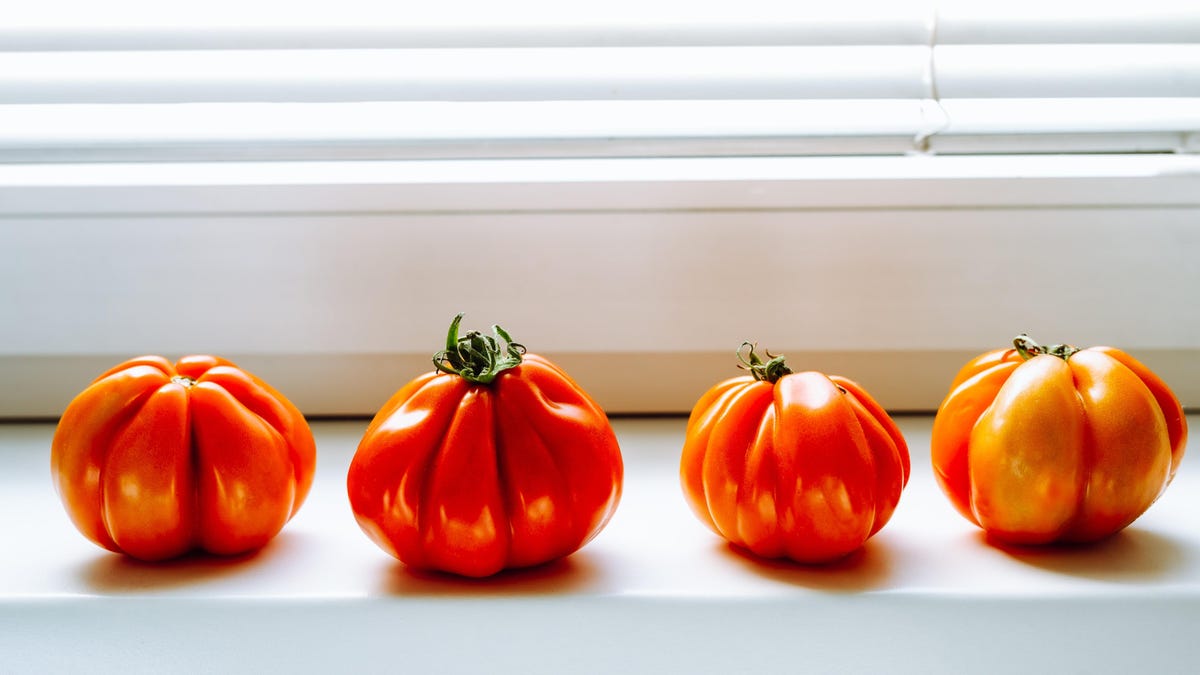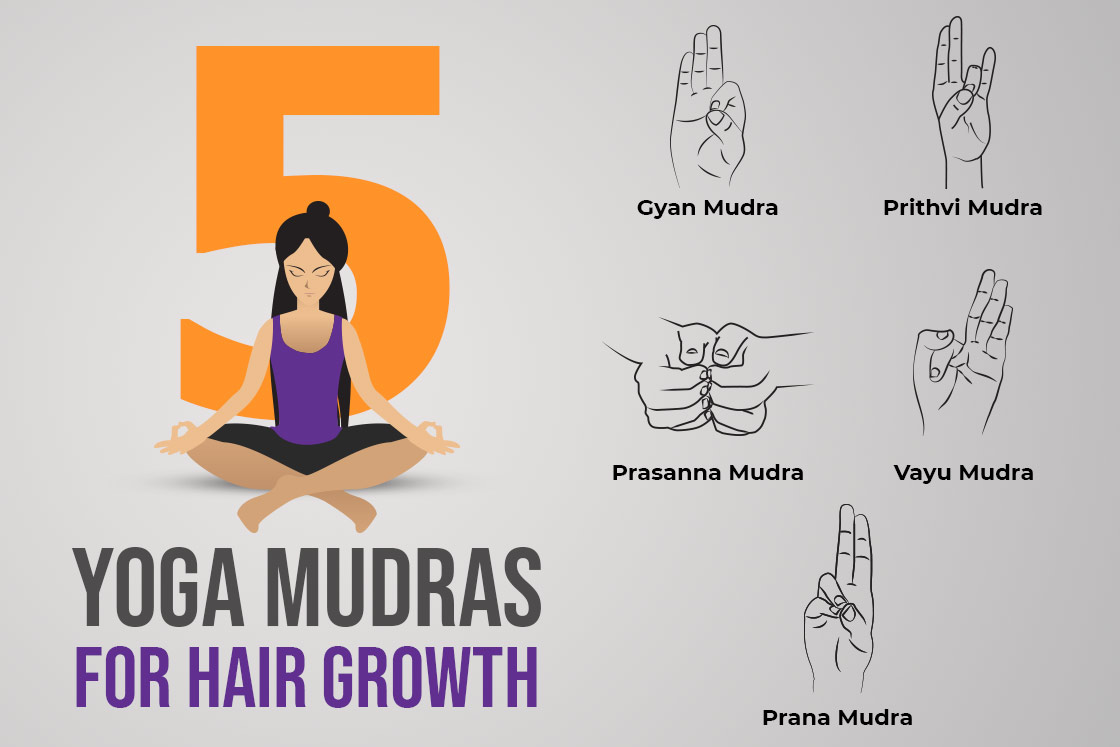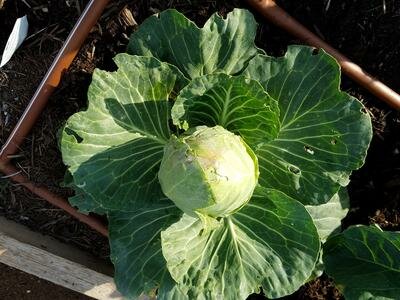These Vegetables Will Still Ripen After You Pick Them
This time of year, gardeners have to make hard choices. Rain and overnight chills present risks to your vegetables on the plant, but you also want to be sure you’re giving every single tomato and cucumber the chance to...

This time of year, gardeners have to make hard choices. Rain and overnight chills present risks to your vegetables on the plant, but you also want to be sure you’re giving every single tomato and cucumber the chance to ripen before picking. But what if you can have the best of both worlds? Here are the garden staples you can pick before they’re ripe, because they will continue to improve after picking.
Tomatoes blush to let you know they’re ready
Who doesn’t love plucking a gorgeous yellow or purple slicer off the vine? While it makes sense to let tomatoes ripen to their full potential outside, farmers suggest that as soon as your tomatoes start to blush, they can be plucked and allowed to finish their work inside off the vine. You’re looking for something called “color break” which is when a green tomato begins to show signs of an orangish or reddish hue. At that point, they can be brought inside and allowed to ripen at room temperature, which can take 5–7 days, without affecting the taste. You can speed the process by exposing the tomatoes to the off gassing (ethylene) from bananas.
It’s important to note that there is a difference between hand ripening green tomatoes and those that have experienced color break; although it’s still possible to ripen the green ones, the taste will be slightly affected. (You already know this because you’ve bought tomatoes at the store in January.) If you find yourself at the end of the season, you can also cut the entire plant off at the soil level—leaves, tomatoes and all—and hang it inside, upside down, to force the tomatoes to ripen.
Eggplants will ripen whenever you pick them
Some reassuring news: there is no such thing as an eggplant picked “too early.” Baby eggplants are adorable and no different from their larger counterparts. You can pluck these bambinos throughout the season, but at the end of the season, collecting them to clear the garden and save them from the rain makes sense—eggplants cannot tolerate the cold.
You can break the green pepper curse
Somewhere exists the one person who enjoys green sweet peppers, single-handedly propping up the bell pepper industry. I’d like to meet them, just like I’d like to meet a unicorn. For the rest of us, watching those sweet peppers turn color is a better bet, and the taste actually shifts with the color.
Peppers will continue to turn color inside once they experience color shift, and in some cases, even green peppers will turn color. Leaving them at room temperature and keeping them dry is key. You can also try the “hang the whole plant upside down” method. Peppers take longer to ripen inside than tomatoes, but since they are so sensitive to frost, it’s always worth it to try.
Remember that hot peppers are not the same as their larger cousins. While even hot peppers get sweeter after a color shift, lots of hot peppers are eaten green, like jalapeños. (I stand behind the notion that red jalapeños are the entire reason to grow them, but not everyone agrees with me.)
Pick squash before it gets cold and they’ll ripen just fine
Facts: Squash do not like frost: pumpkins, summer squash, winter squash, none of them. It’s better to get a squash off the vine even if it hasn’t changed color, and any color shift means it’s likely to ripen the rest of the way inside. Since winter squash needs to season, get it in front of a fan and flip it over every few days until the outside is firm.
You can also eat all of the above unripened
If you find yourself thinking “dang, this is a lot of stuff to bring inside to hang out in front of a fan,” you’re right—this time of year, my kitchen table looks like a Pinterest board for vegetables, and I keep a powerful fan aimed at it around the clock. You certainly don’t have to go through any of this trouble. It’s perfectly fine to let the end of season come and go, and celebrate with fried green tomatoes and stuffed green peppers. However, extending the season into October (and enjoying the additional produce) can make it really feel like the effort you put into your garden all summer long was truly worth it.

 UsenB
UsenB 































